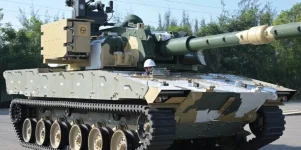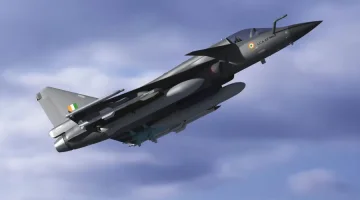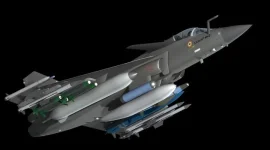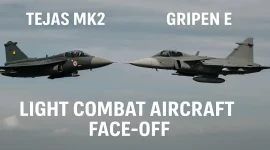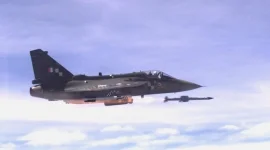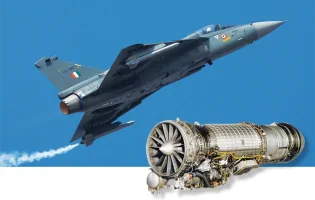In a significant advancement for India's indigenous aerospace industry, the upcoming Tejas Mk2 is set to be the nation's first homegrown combat aircraft to feature a sophisticated three-part computing architecture.
This system integrates an Auxiliary Computer (AC) alongside the primary Digital Flight Control Computer (DFCC) and the Mission Management and Display Computer (MMDC), enhancing both mission capabilities and flight safety.
The Tejas Mk2, a Medium Weight Fighter, is a major evolution from the existing LCA Mk1A and serves as a technological stepping stone to the future fifth-generation Advanced Medium Combat Aircraft (AMCA).
The aircraft's core operations are managed by its two main computers. The DFCC is a quadruplex (four-channel) fly-by-wire system that ensures the aircraft's stability and flight control, while the MMDC acts as the nerve centre for the pilot, processing data from sensors, radar, and navigation systems onto the cockpit displays.
The key innovation in this design is the new Auxiliary Computer Mk2. This third processor is designed to perform two critical roles simultaneously, setting a new standard for redundancy and processing power in Indian-made fighters.
First, the AC serves as a powerful safety backup. It is designed to act as a "failover" system, meaning if either the primary flight computer (DFCC) or the mission computer (MMDC) experiences a fault, the AC can seamlessly take over those duties.
This provides an additional layer of redundancy, making the aircraft's systems extremely fault-tolerant and significantly increasing pilot safety during critical missions.
Second, the AC functions as an "offloading engine" for non-critical tasks. It handles complex background computations, such as processing terrain mapping data, prioritizing electronic warfare threats, or running predictive analytics for fuel management.
By managing these vital but resource-intensive tasks, the AC frees up the primary DFCC and MMDC to dedicate their full processing power to core flight control and real-time combat decision-making.
This complex integration of hardware and software is being extensively tested by the Aeronautical Development Agency (ADA) at its "Ironbird" facility in Bengaluru.
This ground-based test rig is a complete, full-scale simulation of the aircraft's systems, allowing engineers to validate the new computer architecture long before the first prototype takes flight. The rollout of the first Tejas Mk2 prototype is currently anticipated by late 2025 or early 2026.
This three-computer architecture, co-developed by ADA and Hindustan Aeronautics Limited (HAL), is a major milestone for India's 'Atmanirbhar Bharat' (self-reliant) initiative in defence.
Furthermore, the AC is being developed as a "common" module that will also be used in the AMCA program. This commonality is a strategic move expected to reduce lifecycle and maintenance costs by 20-30%, creating a unified and more efficient ecosystem for India's future fighter fleet.

